A un paso de Berlin / Eine Station vor Berlin (2016) presents a personal look at an artwork from the Spanish Baroque imagery. The center of this reflection is the passage of “Camino del Calvario” by Gregorio Fernández, which is also one of the central works of the exhibition “El Siglo de Oro. La era de Velázquez” in the Gemäldegalerie of the National Museums of Berlin.
Behind this project lies the thesis that there are multiple perceptions of the same artwork according to its context and who looks at it. Whether visitors of a museum, believers and devoted members of a brotherhood or restorers, each one perceives the sculptures through their own experience and knowledge. The different views on the same piece invite us to think over on art and our relationship with it. In addition, they give us the opportunity to get into the world of the Baroque, to look behind the scenes of the museums and to empathize with the audiences that contemplate the artwork.
The exhibition consists of some 70 photographs arranged in six series (Antes del desencanto del mundo / Before the disenchantment of the world, El viaje / The journey, La Procesión de Semana Santa / The Procession of Easter, Pliegues / Folds, Tríptico del Calvario / Triptych of Calvary, and Miradas / Gazes), four audiovisual works and one work-object. (You can see the exhibit in Installation views).
PHOTOGRAPHIES
SERIES I – ANTES DEL DESDENCANTO DEL MUNDO
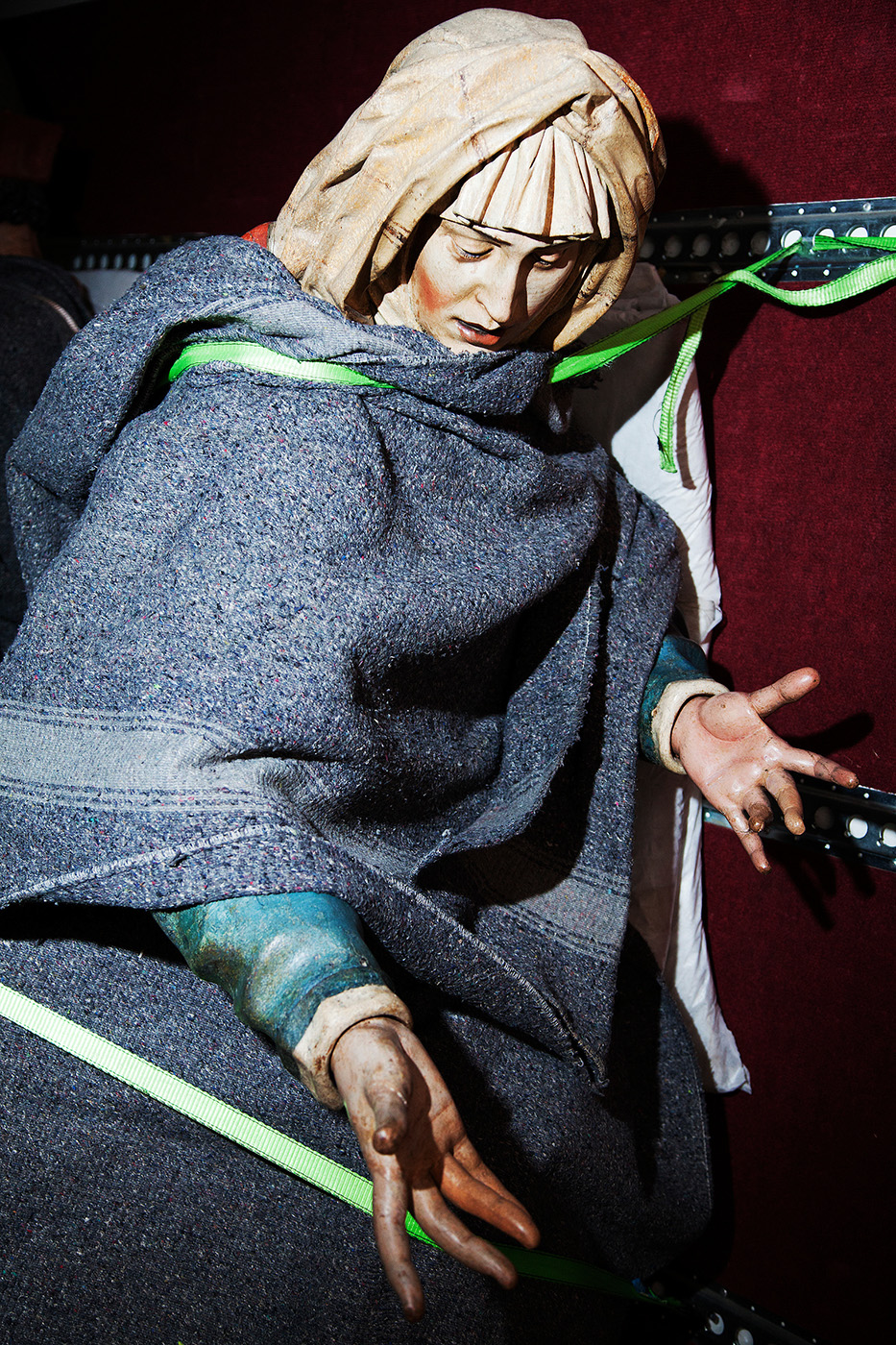
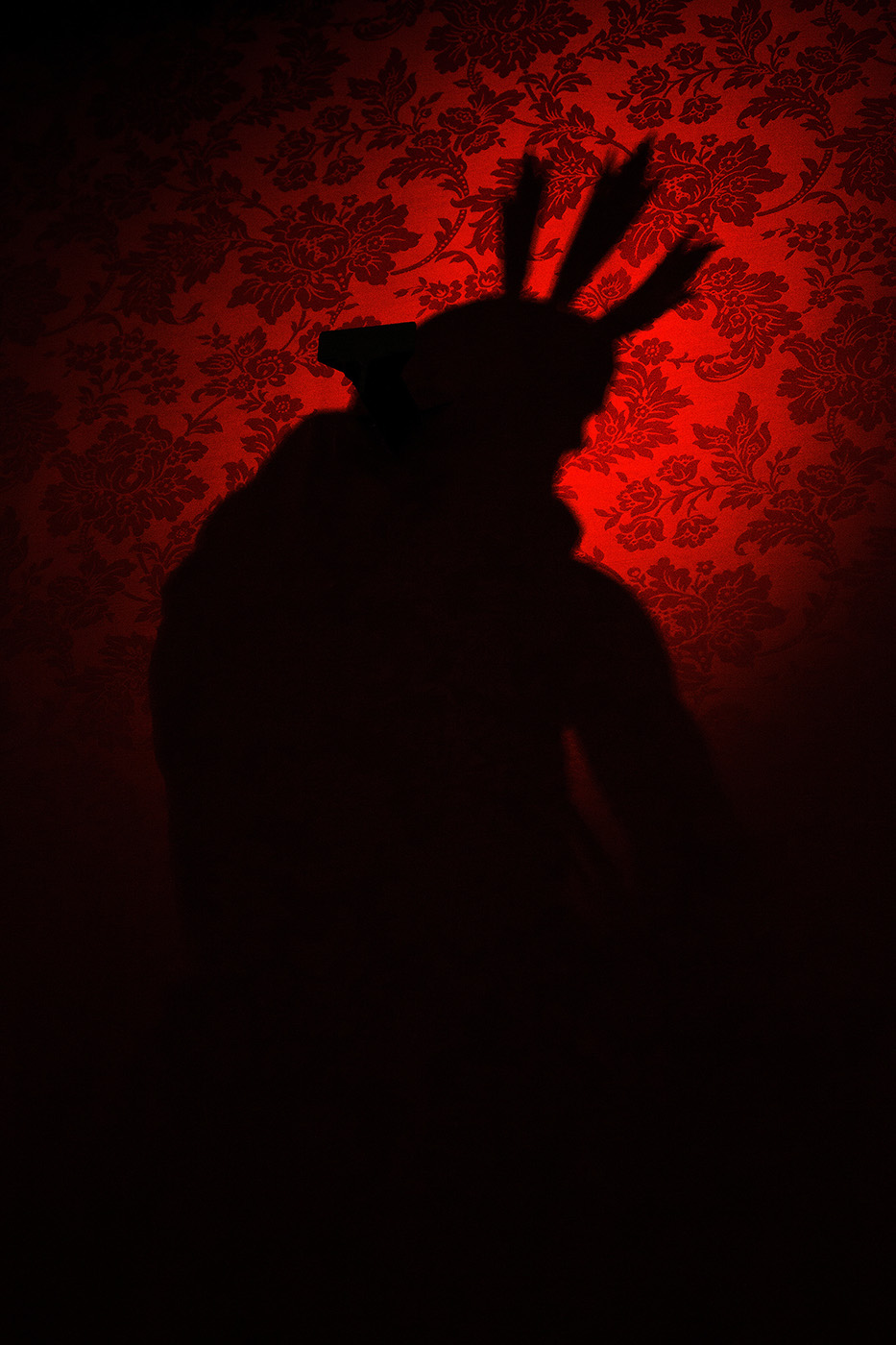
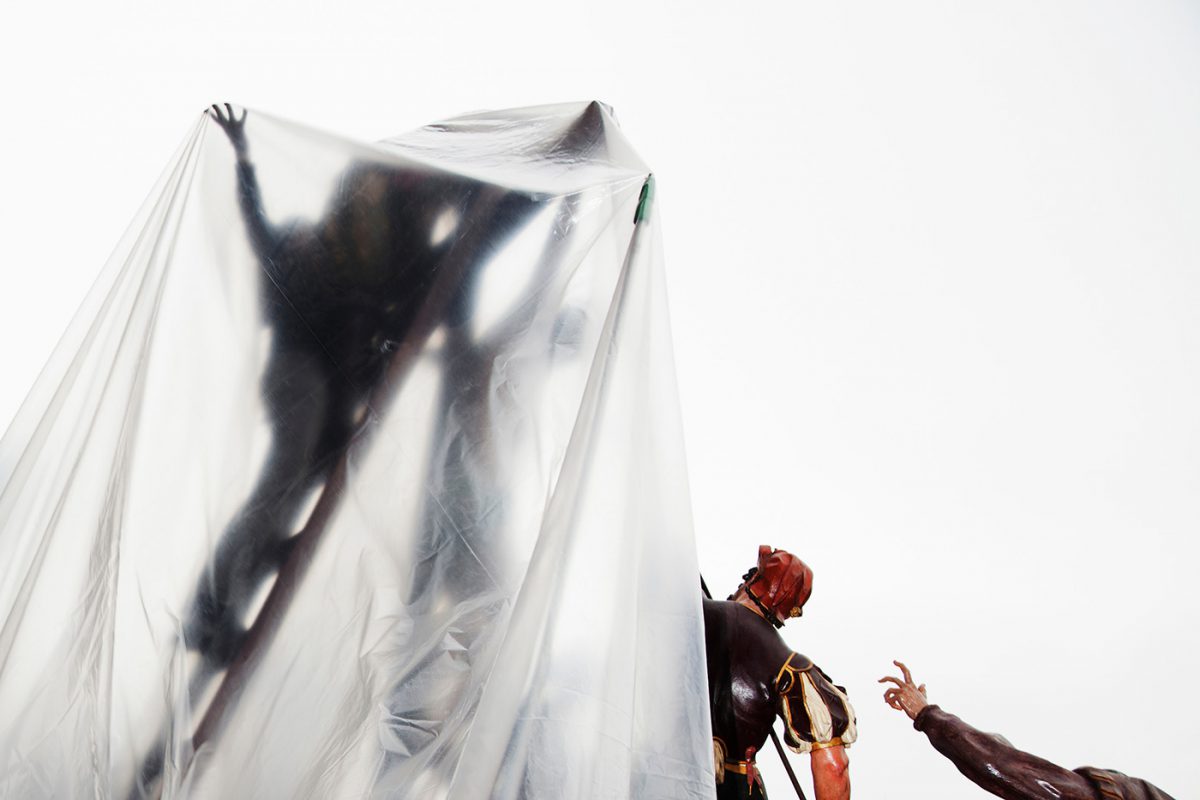
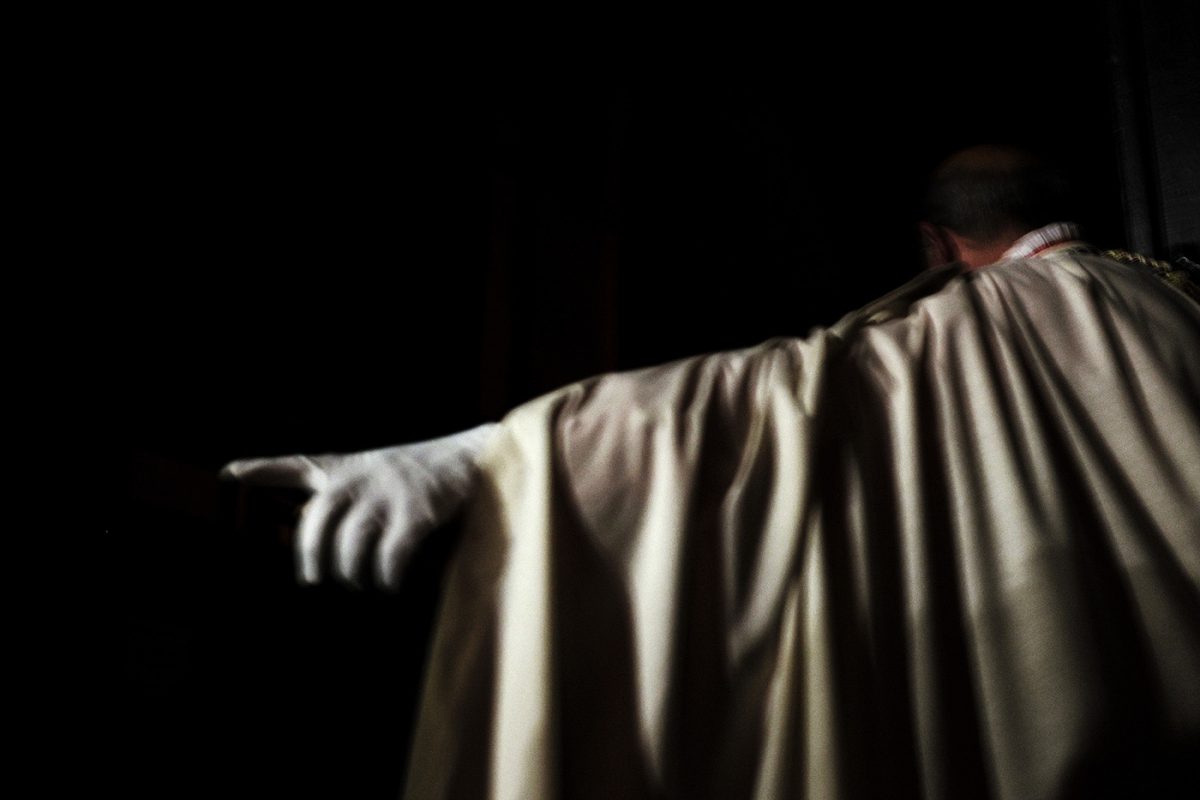
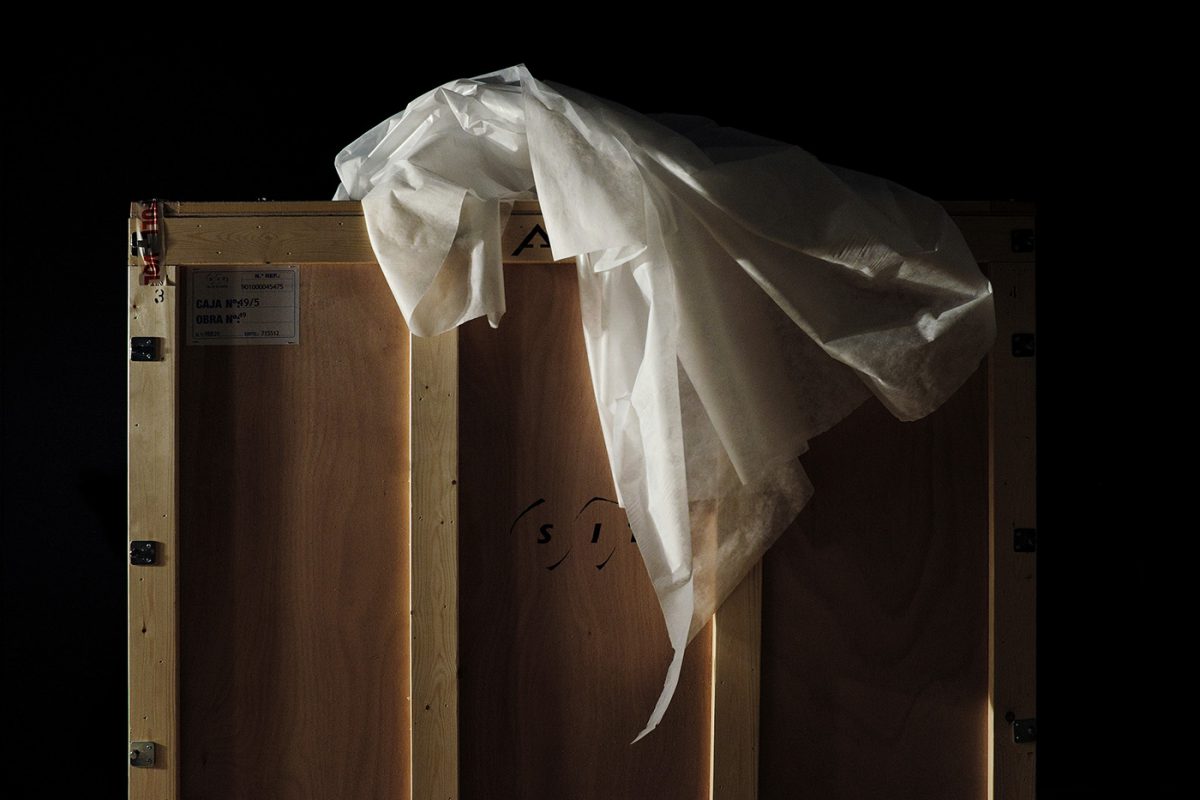

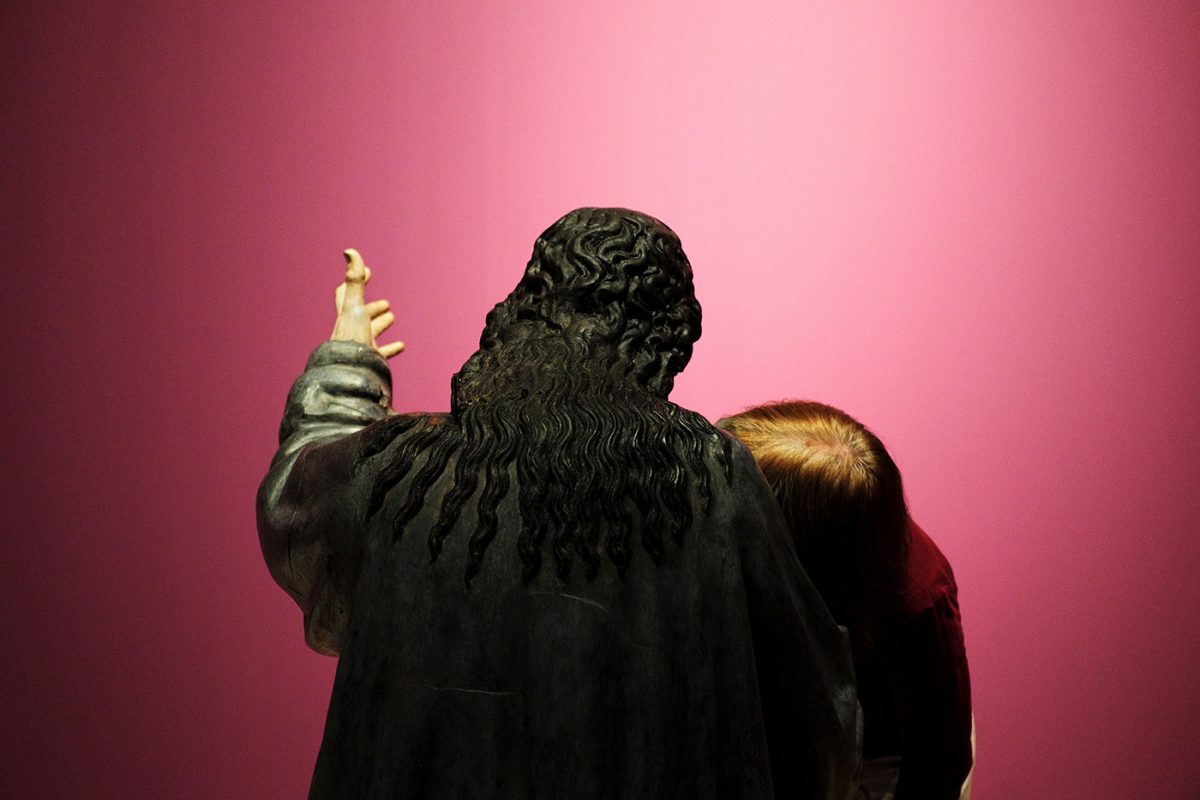

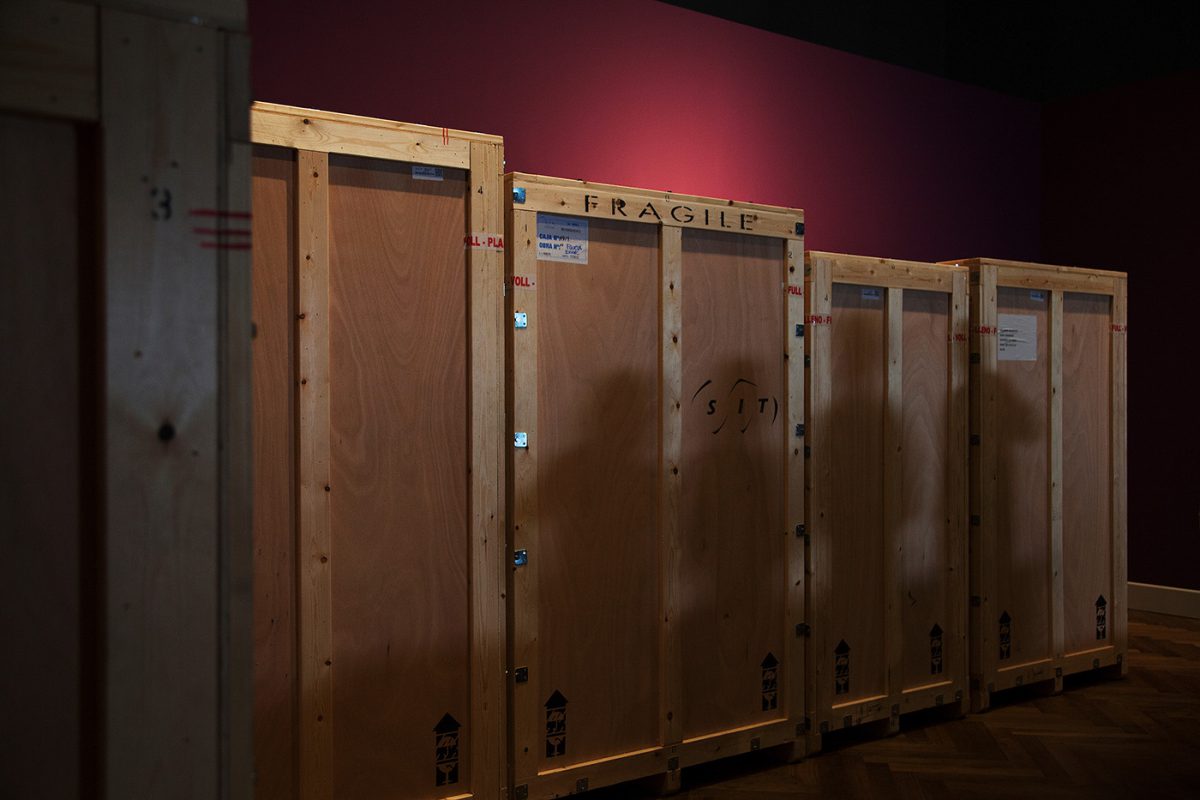

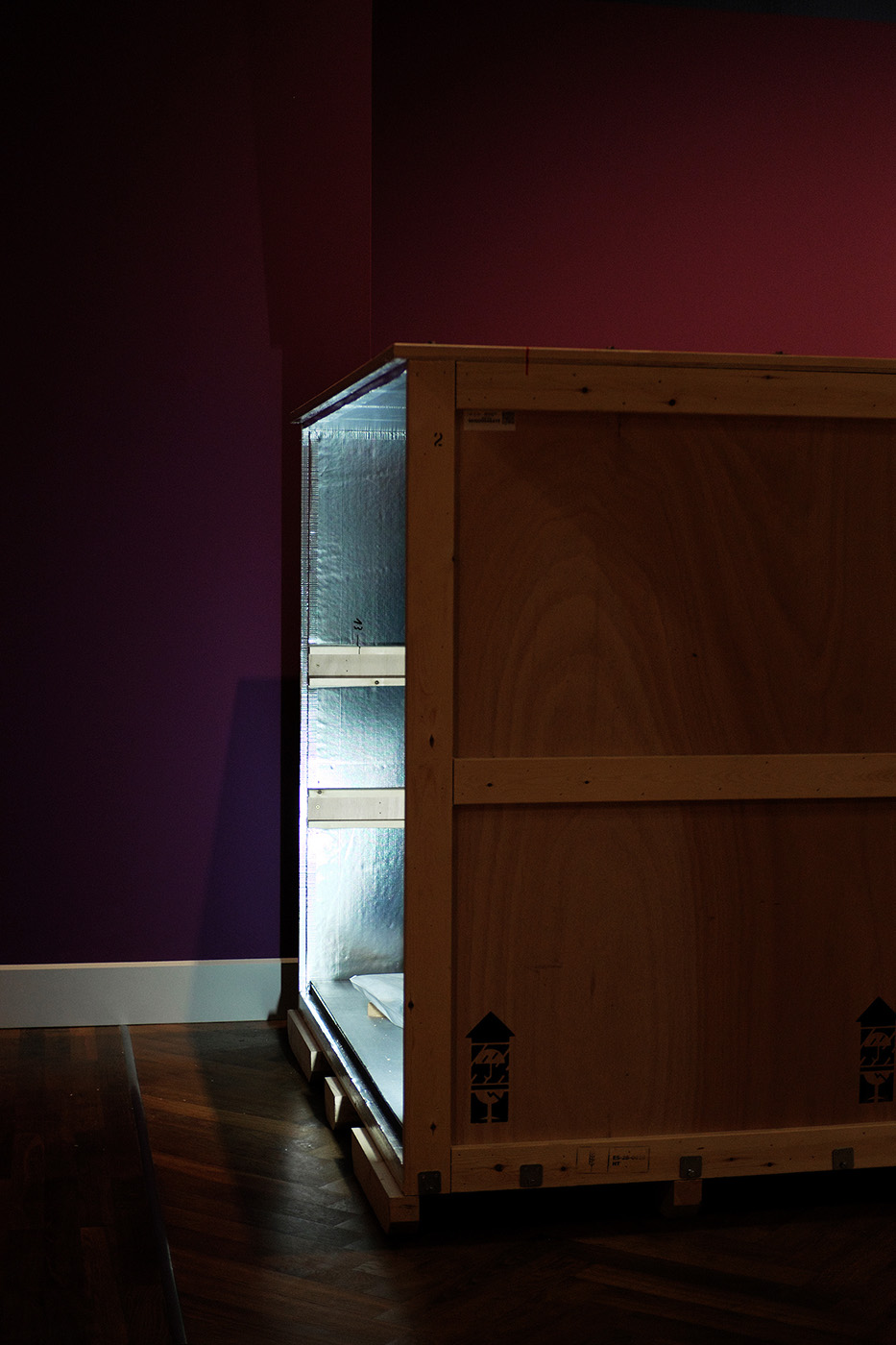
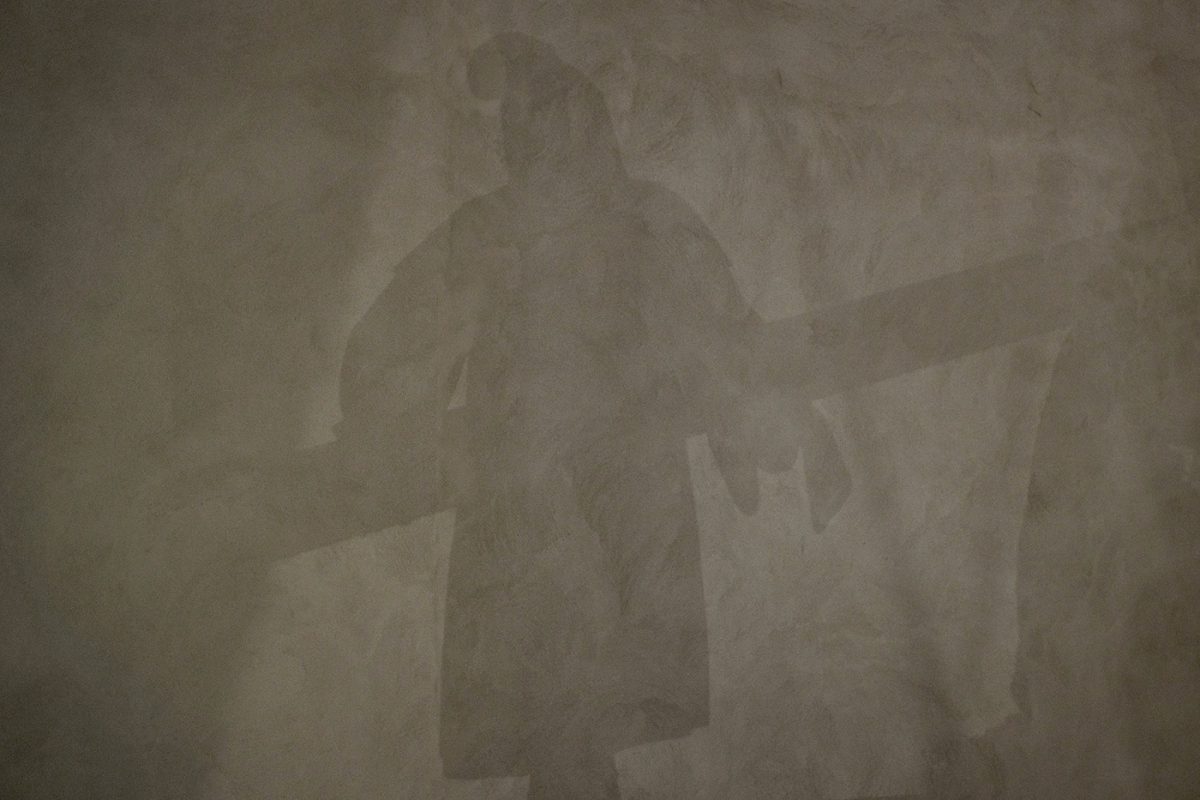
SERIE II – EL VIAJE
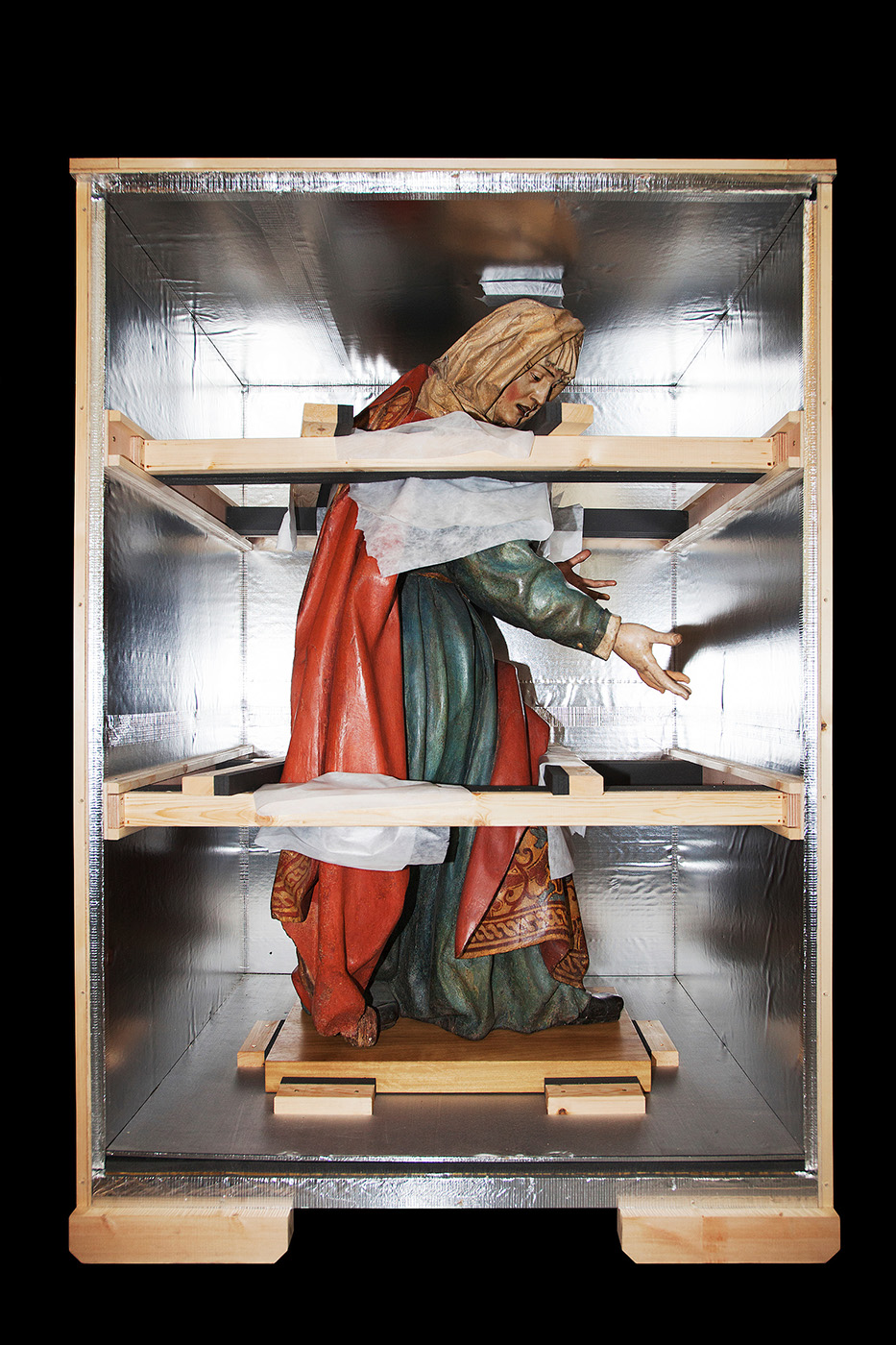
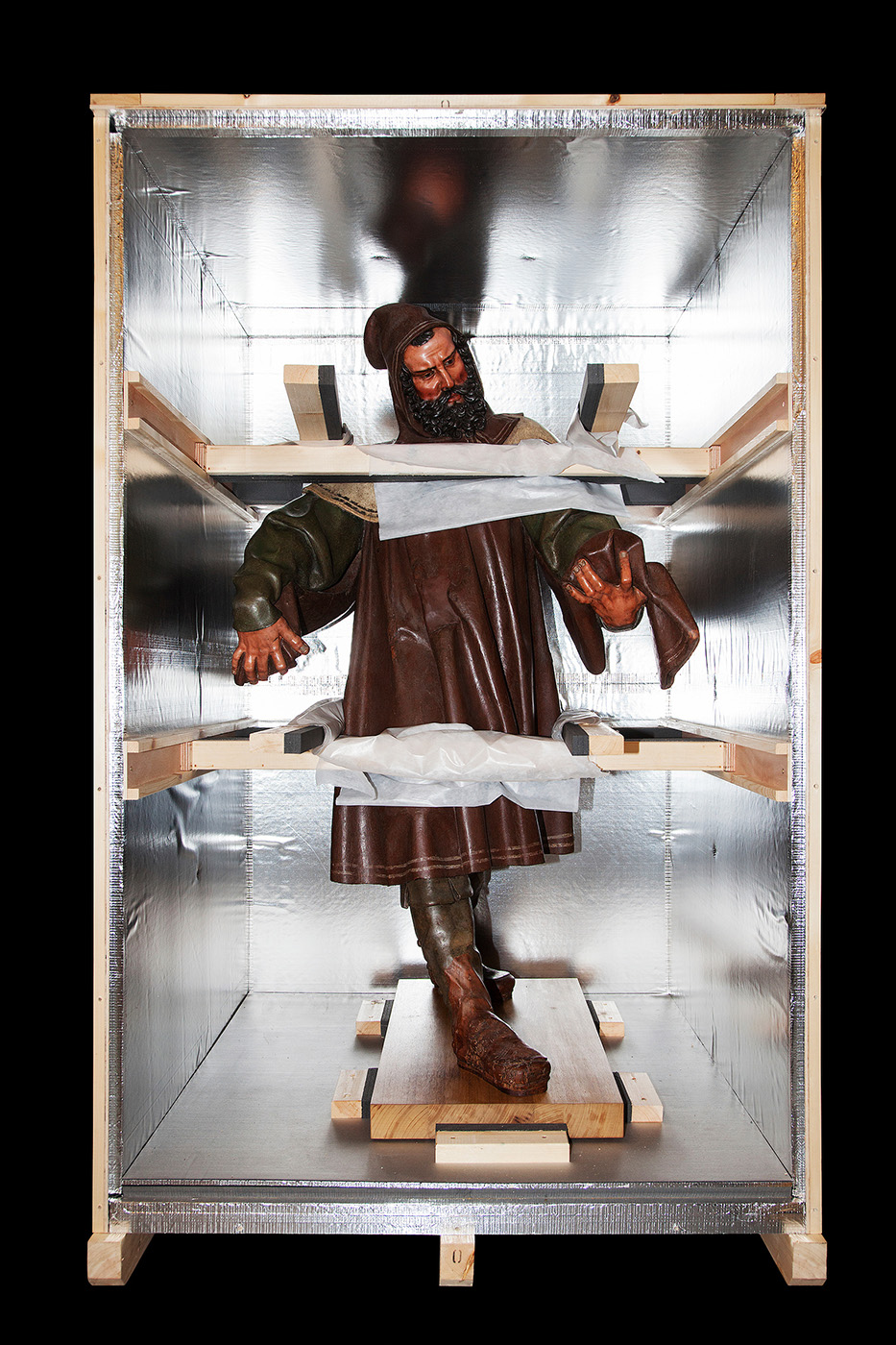

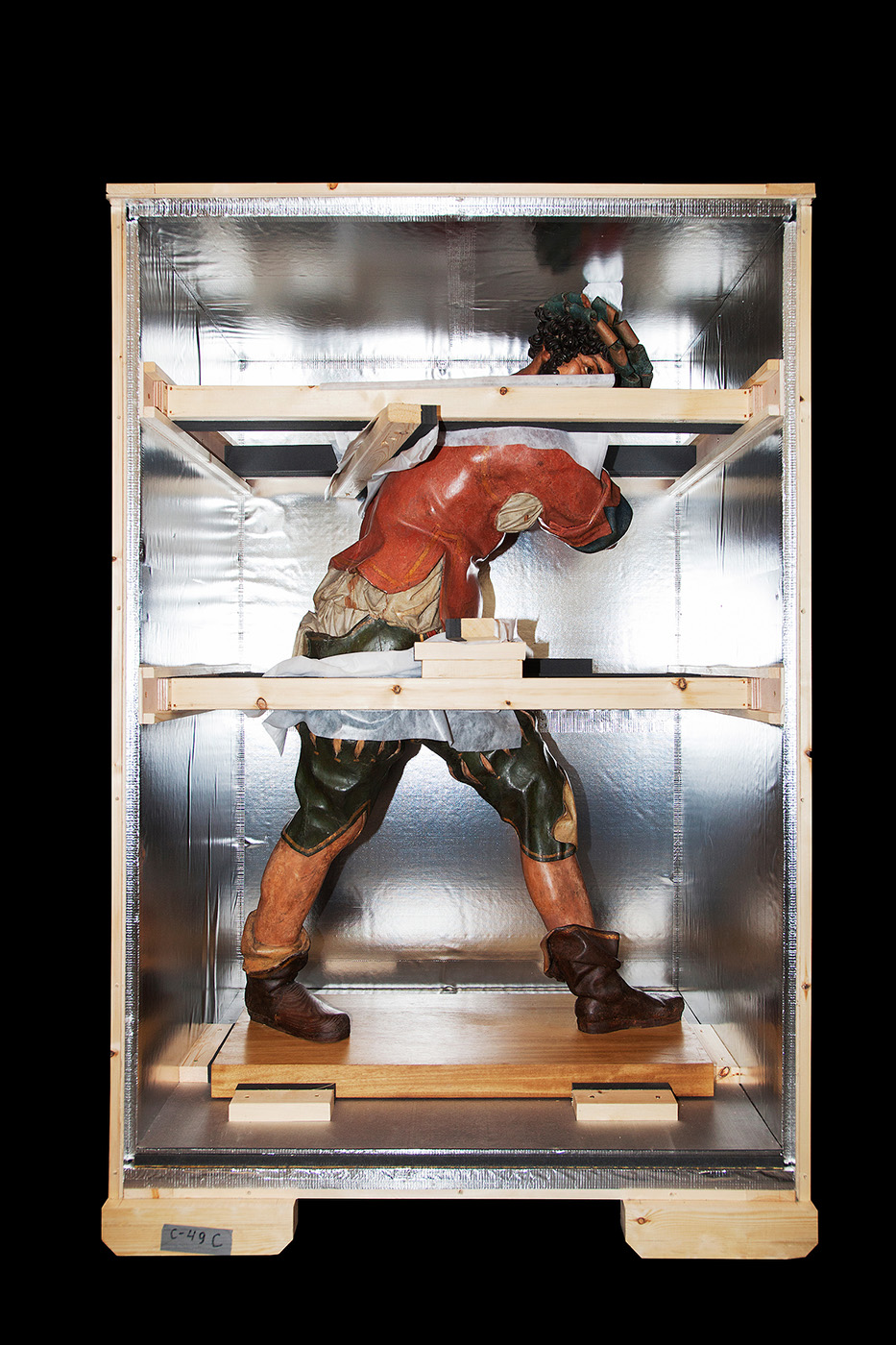
SERIES III – LA PROCESIÓN
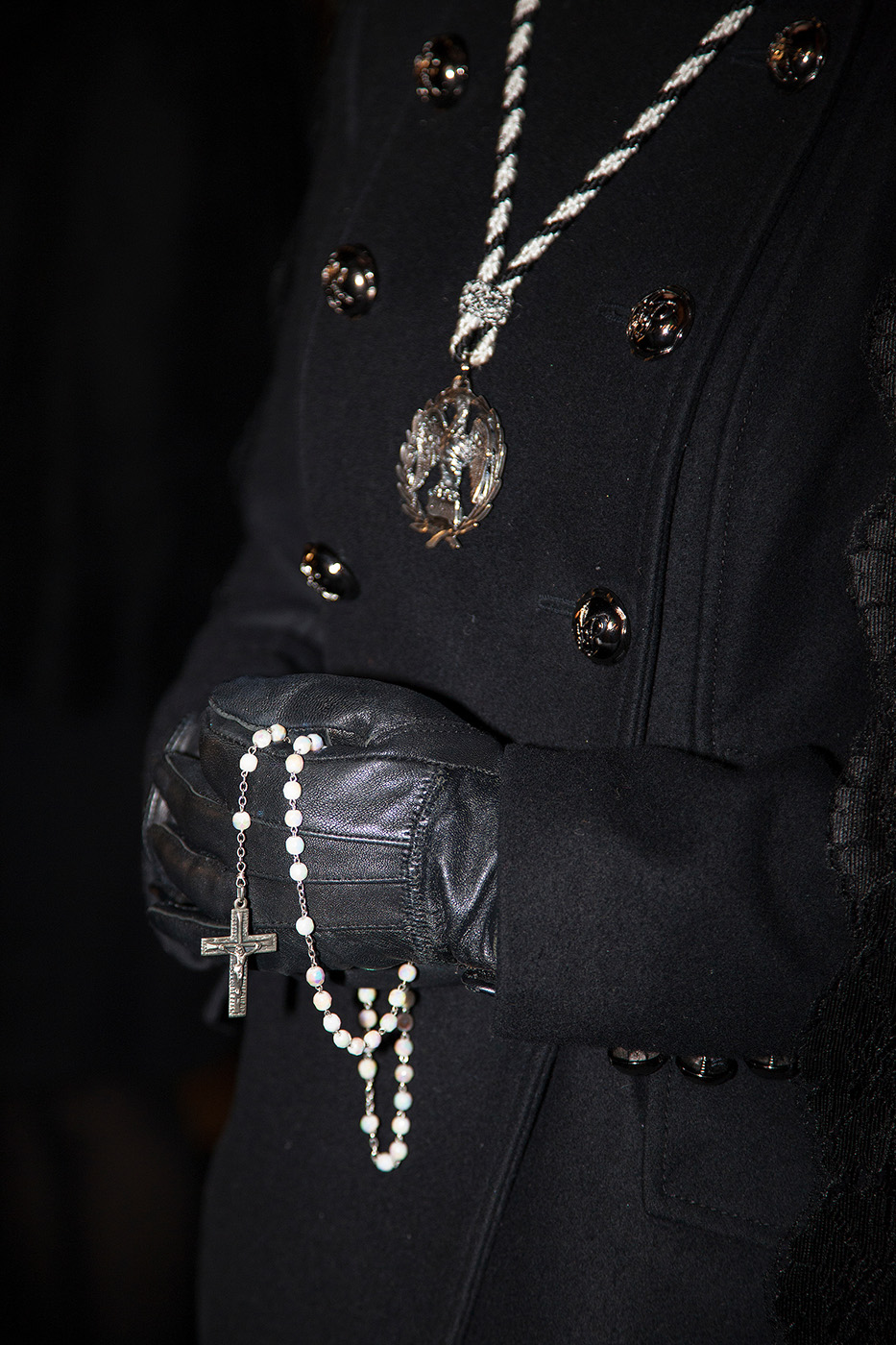
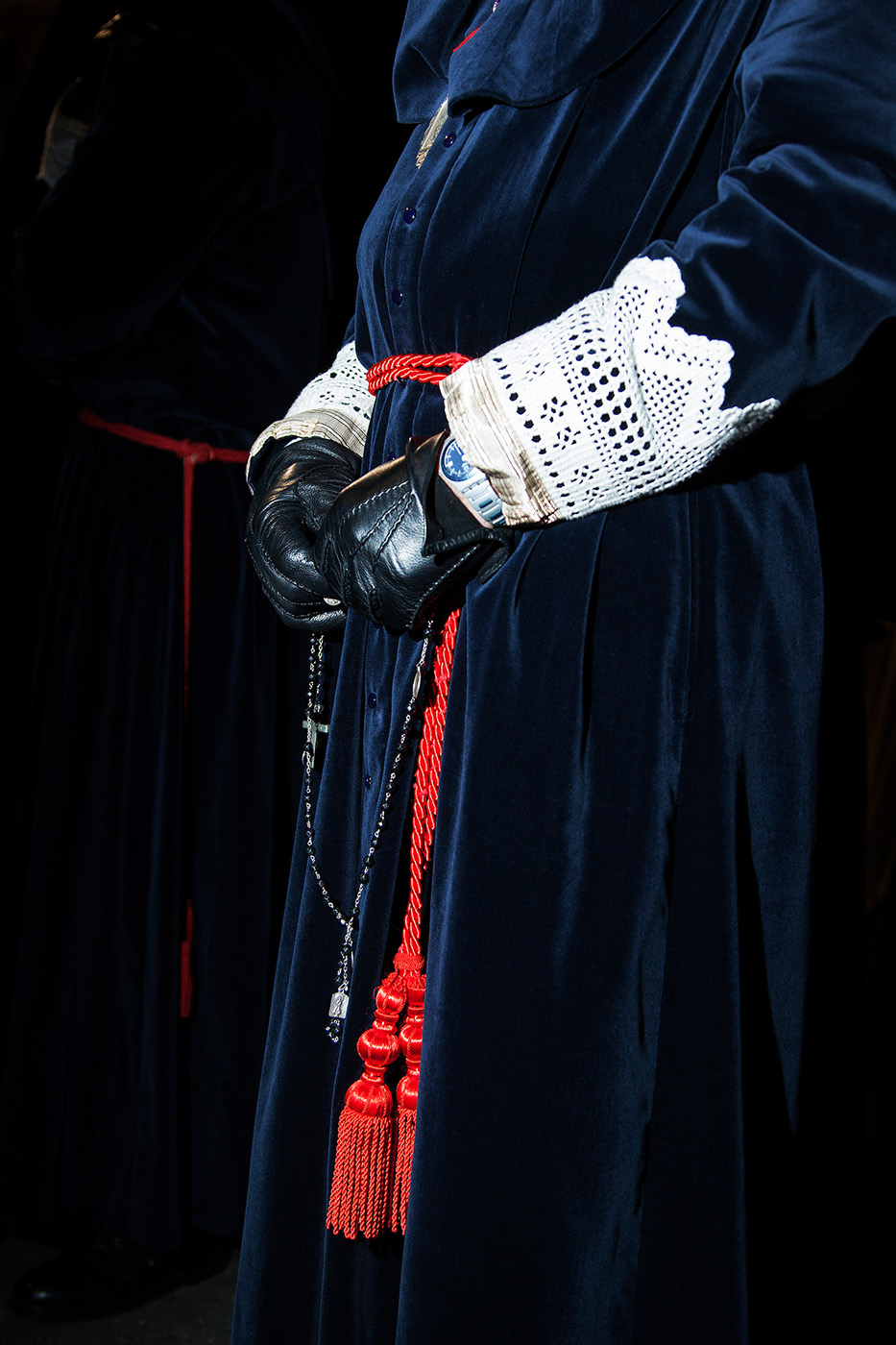

SERIES IV – PLIEGUES
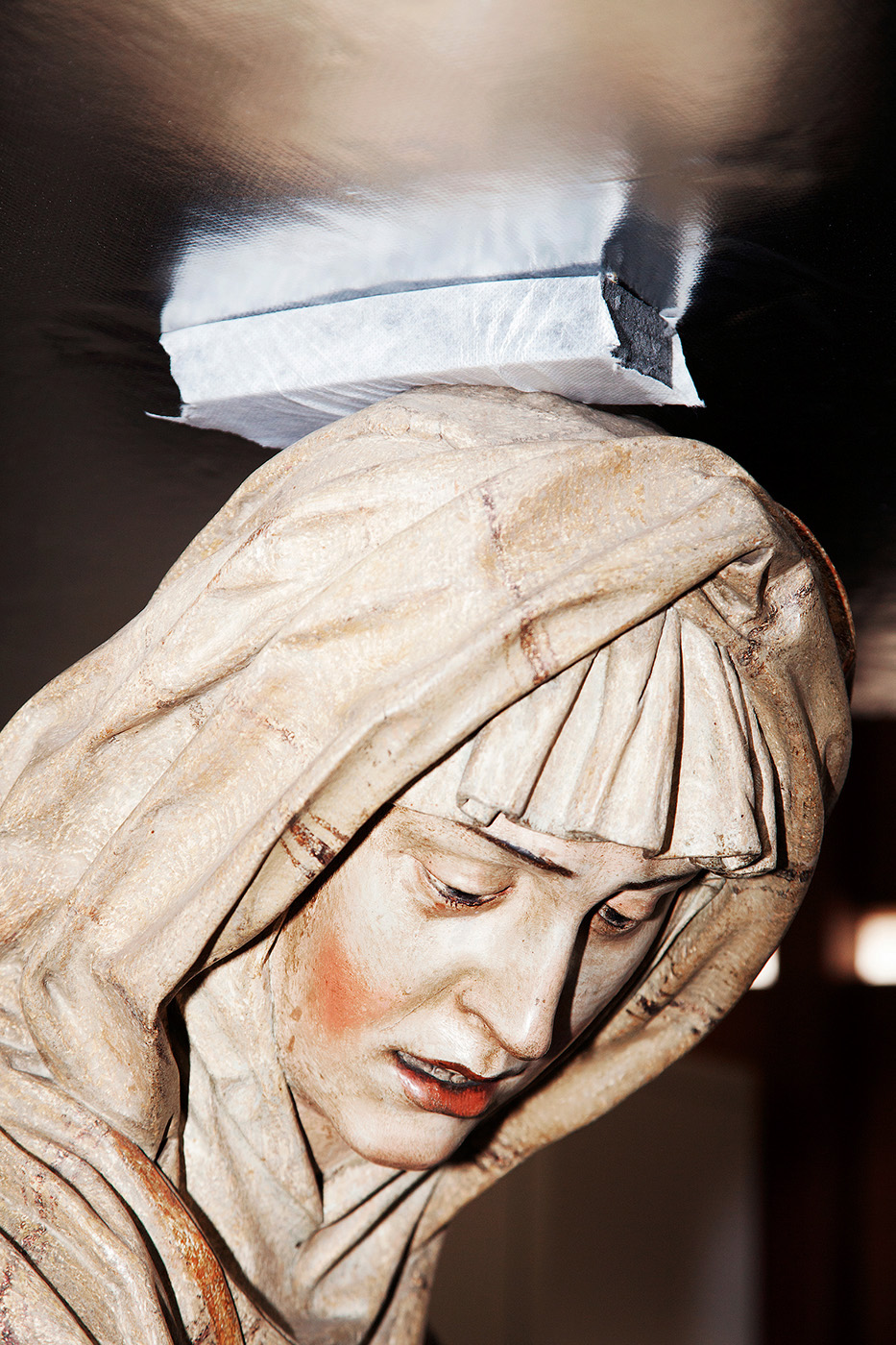
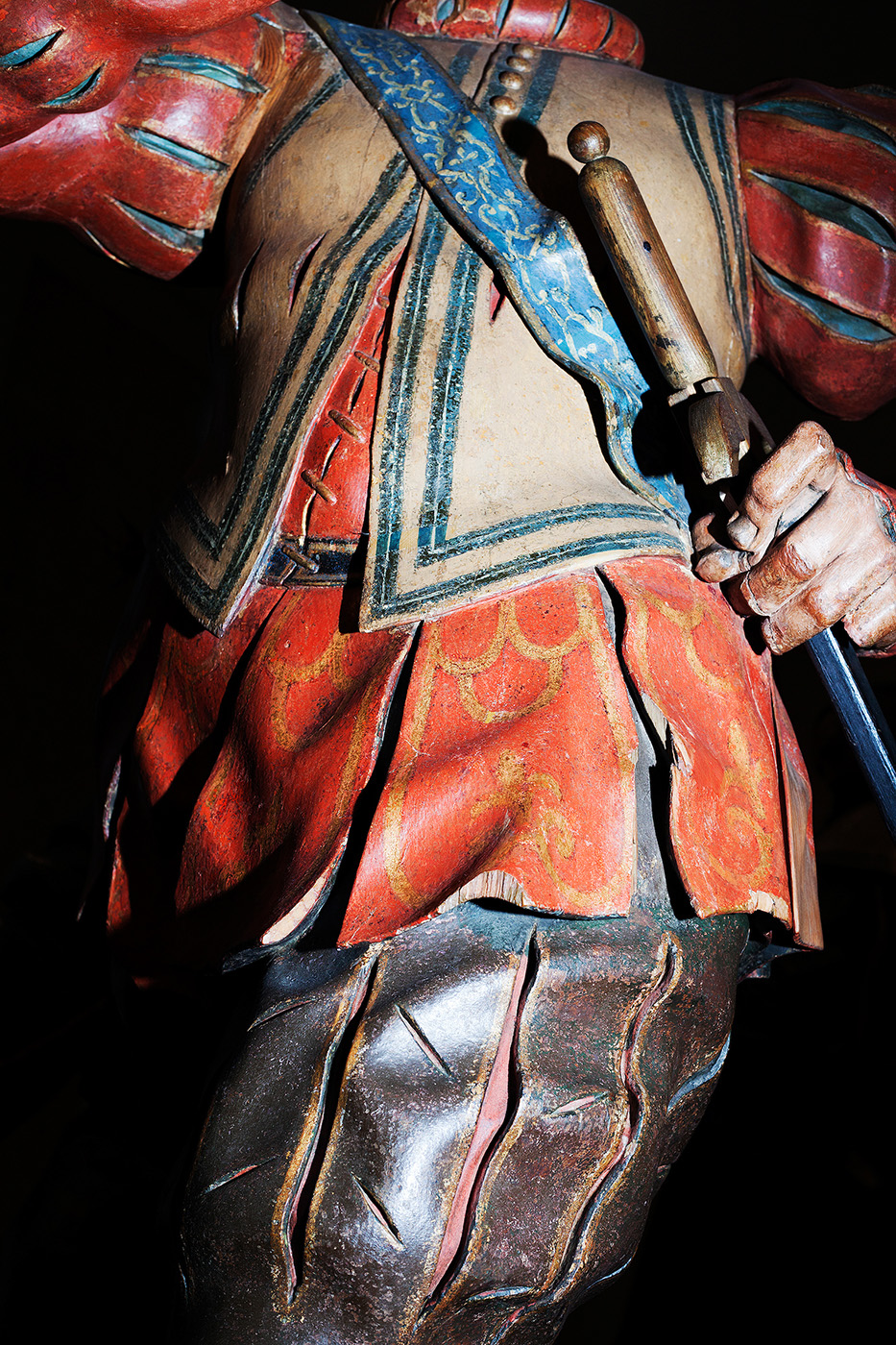

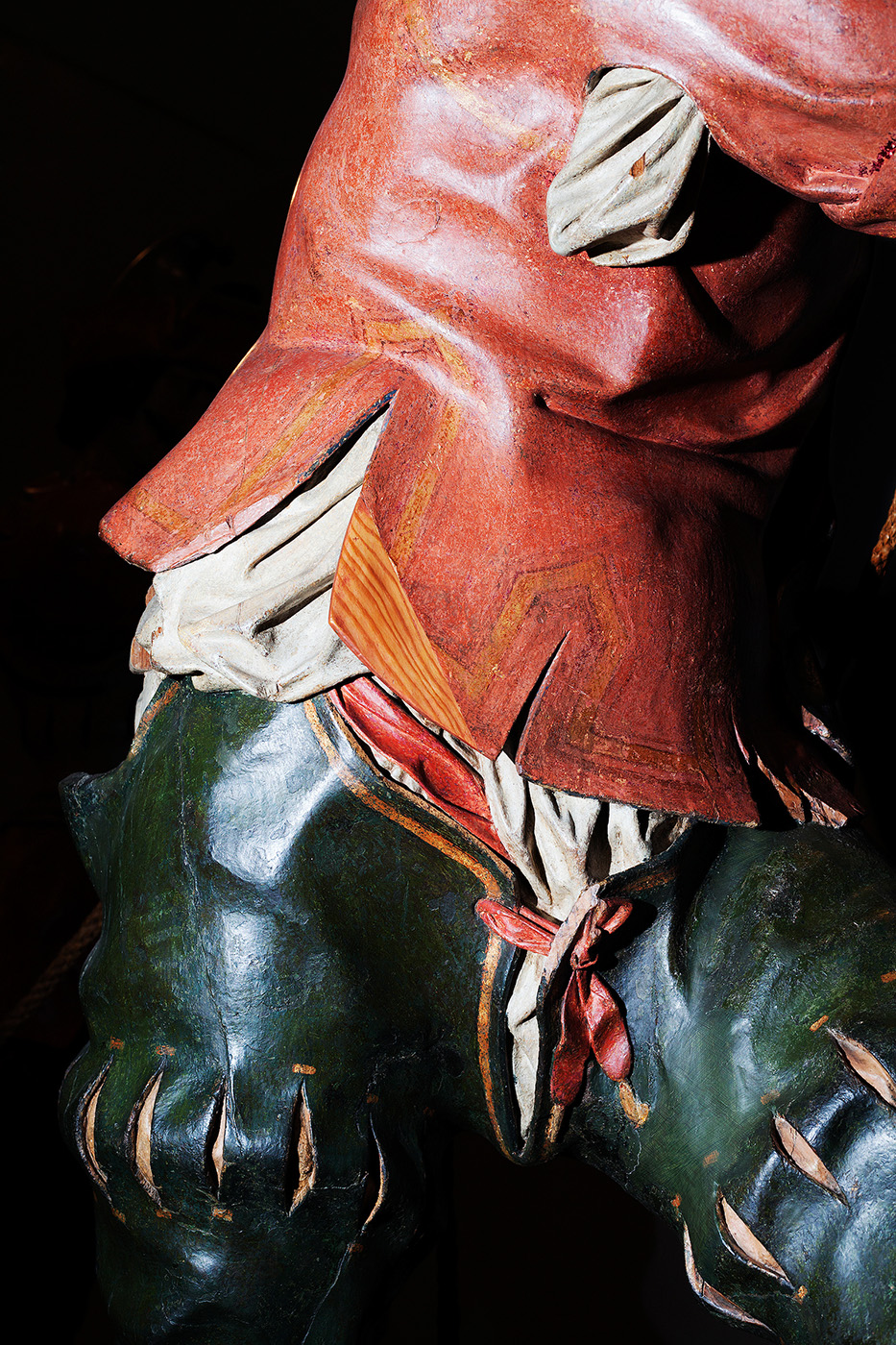
SERIES V – TRÍPTICO DEL CALVARIO
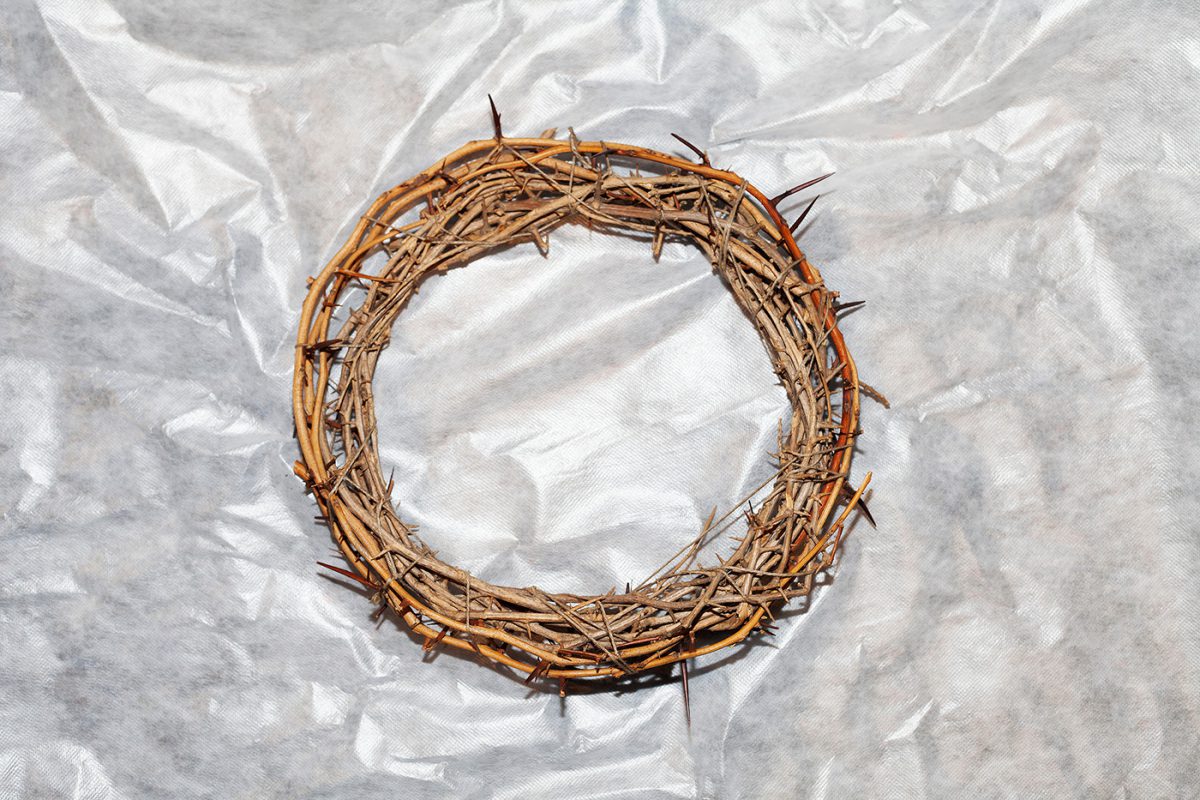

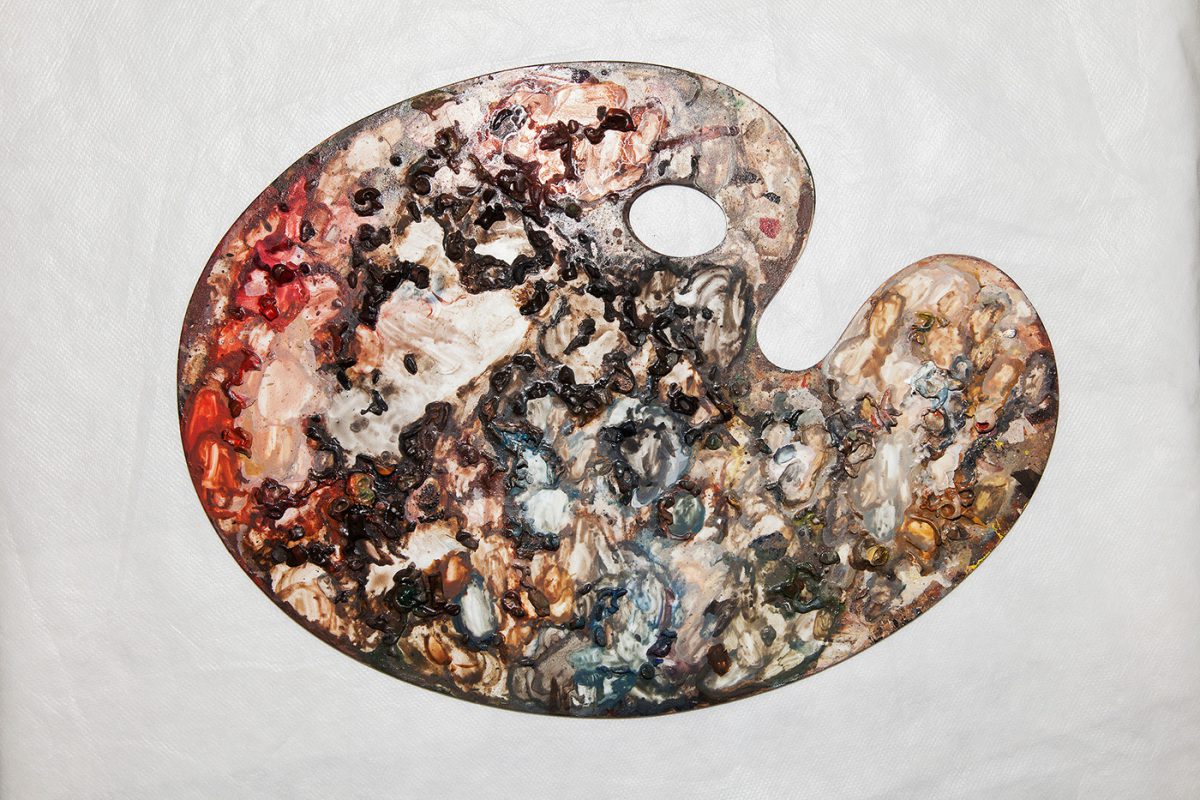
SERIES VI – MIRADAS
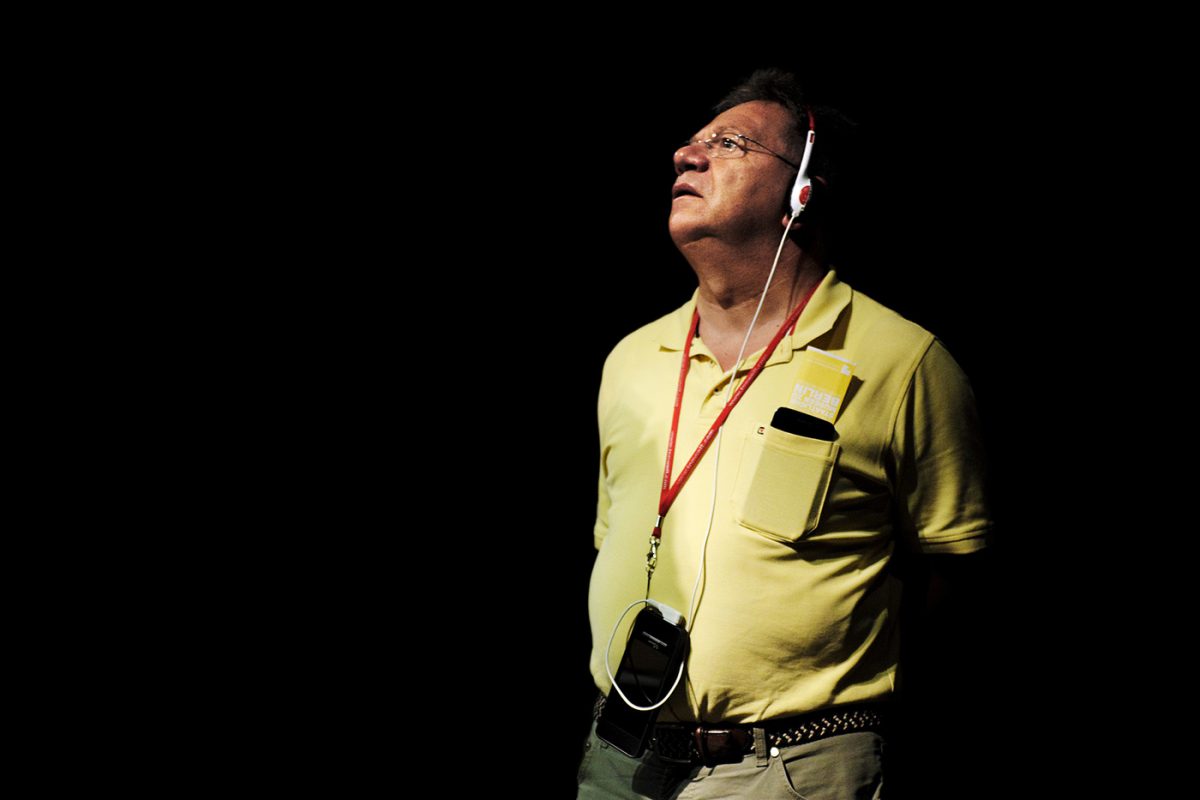
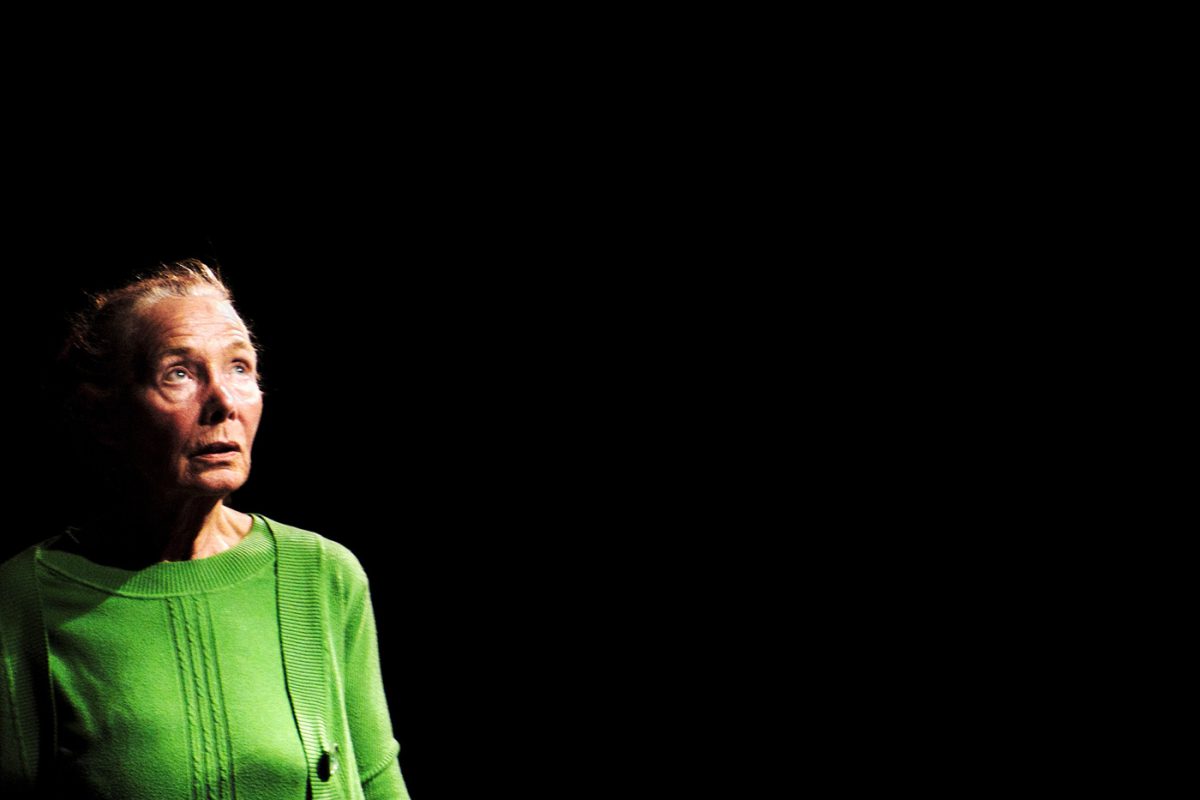
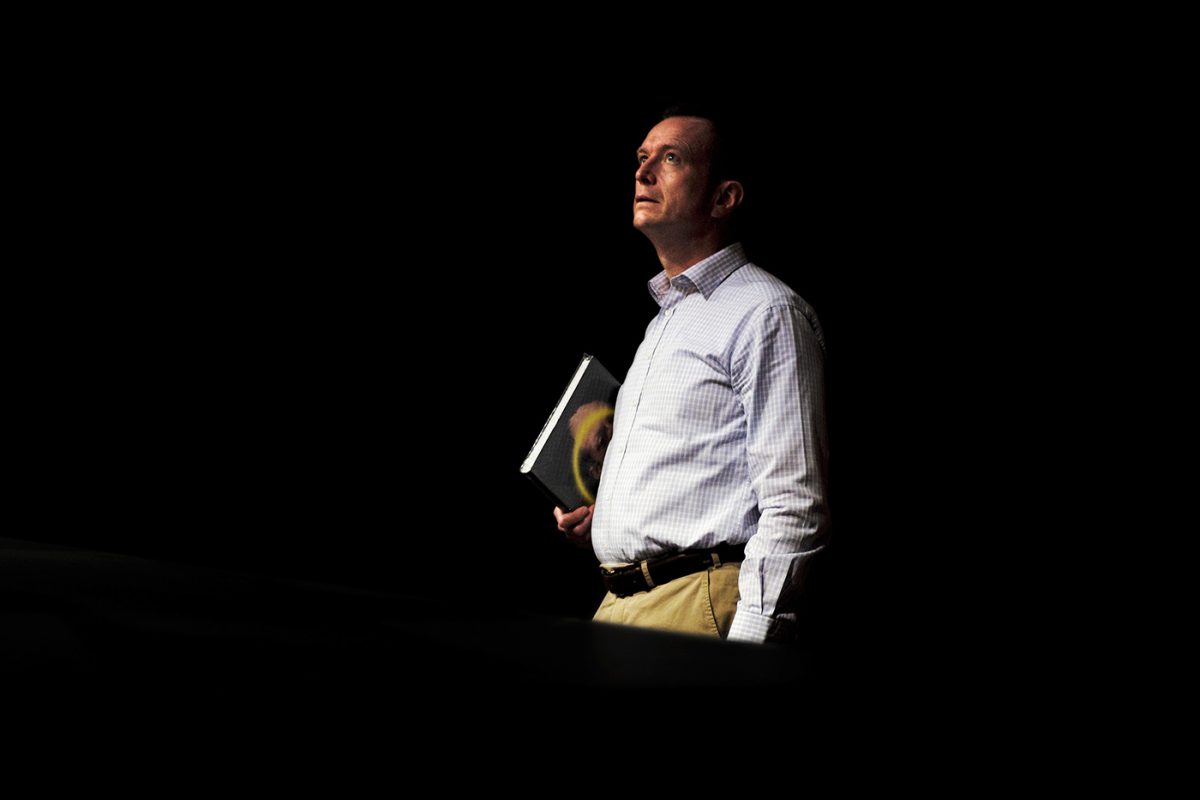
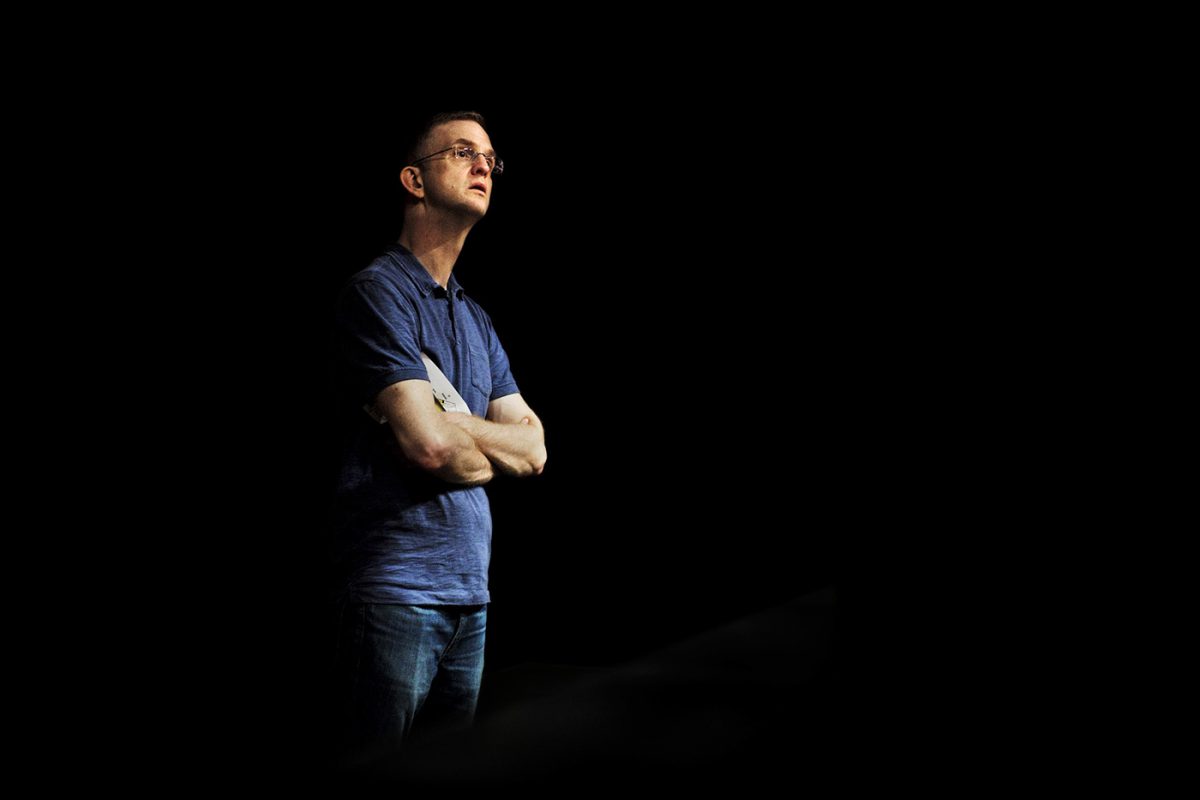
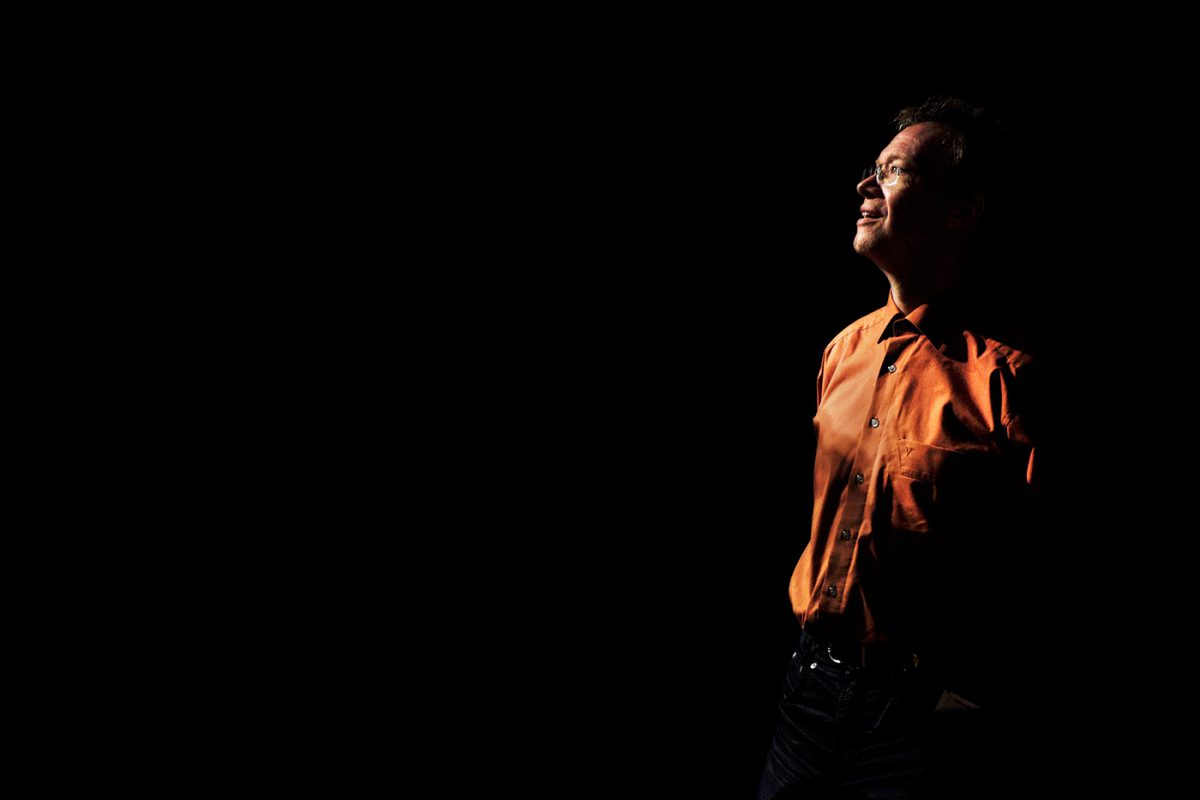
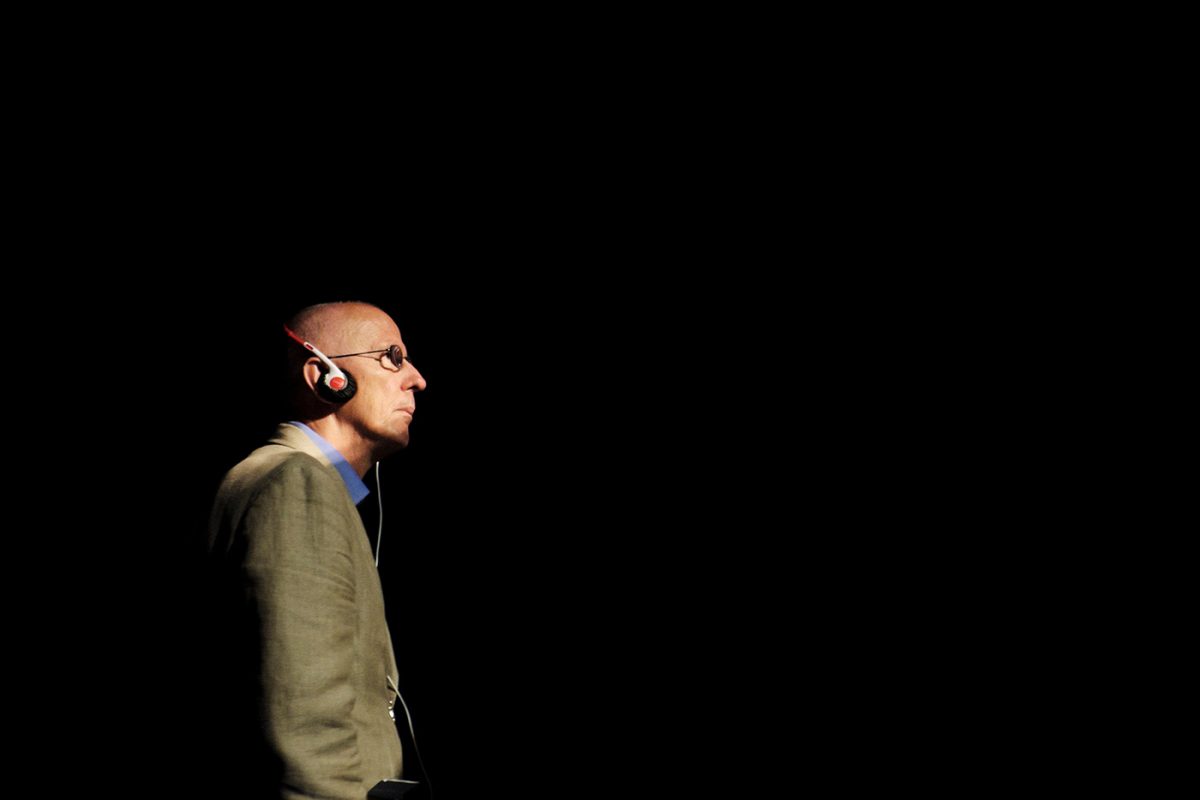
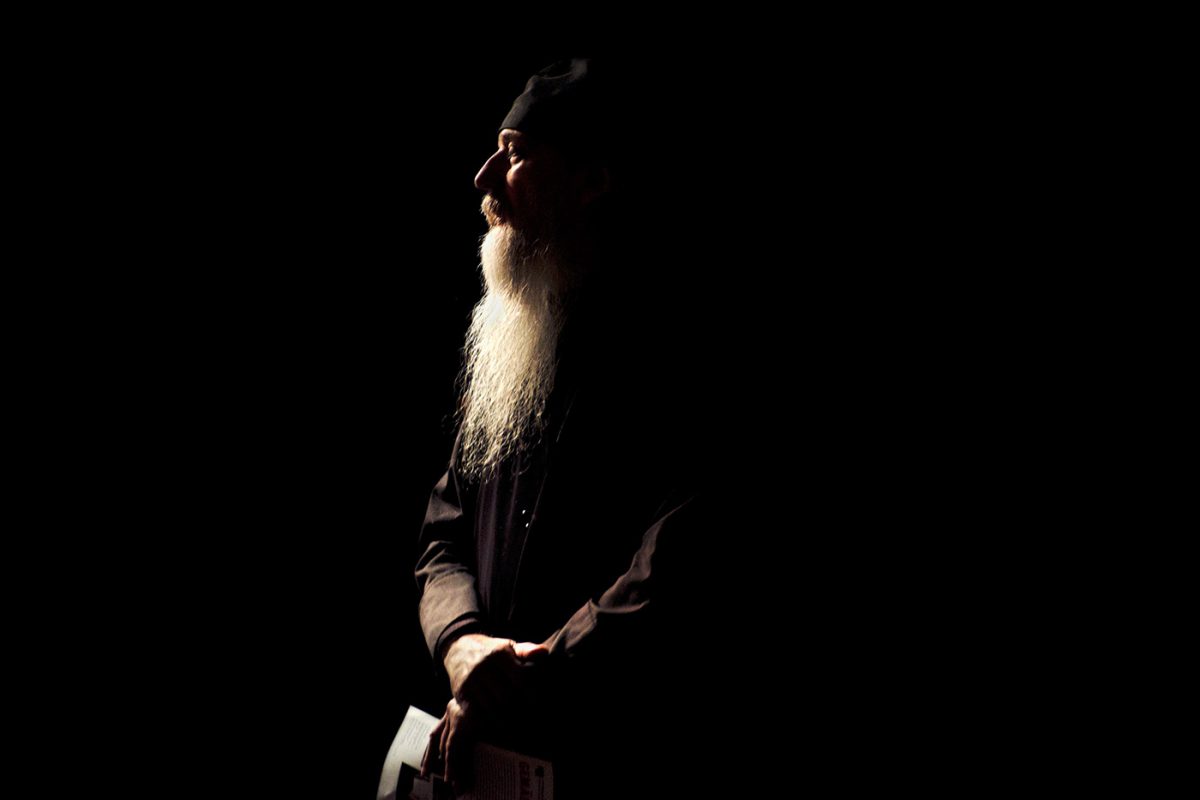
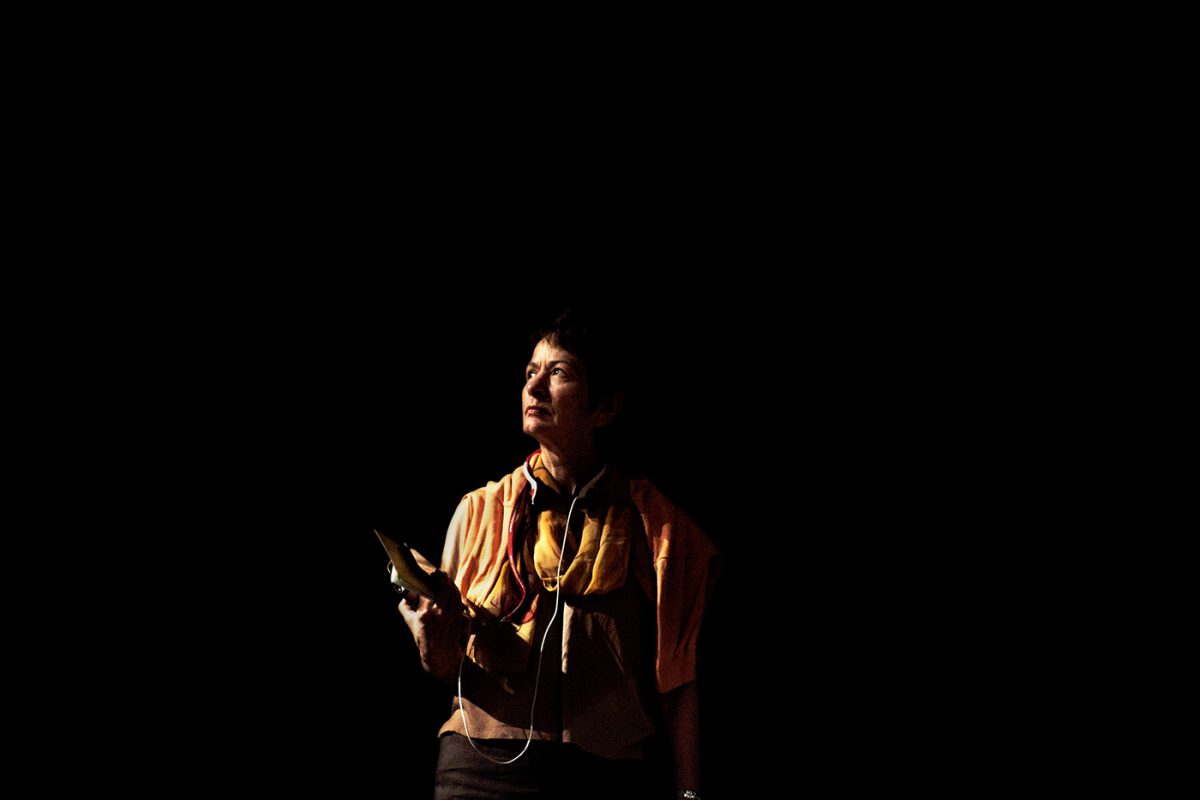
VIDEO WORKS
1.MIRADAS/BLICKE
2. EN MOVIMIENTO/UNTERWEGS
3. EL VIAJE/DIE REISE
4. CAMINO DEL CALVARIO
OBRA OBJETO
Fragments of an indiscreet transfer
The movement of the artworks is carried out with the utmost discretion. The Spanish state even requires the artworks to be accompanied at all times by a high-security escort. Trust in the staff in charge must be total, so much so that some of the companies that carry out these tasks have a loyalty policy. It is not uncommon to find fathers and sons, or uncles and nephews forming part of the same team for years.
This work contains the negatives from a roll of film from a disposable camera, which the artist gave to the transport team in charge of taking the Paso Camino del Calvario from the National Sculpture Museum in Valladolid to the Gemäldegalerie of the National Museums in Berlin.
The decision to use the analogue method is not accidental. A material proof of the journey is sought. The impossibility of seeing the images (the positives) taken during the journey refers to the secrecy that this type of transfer conceals.
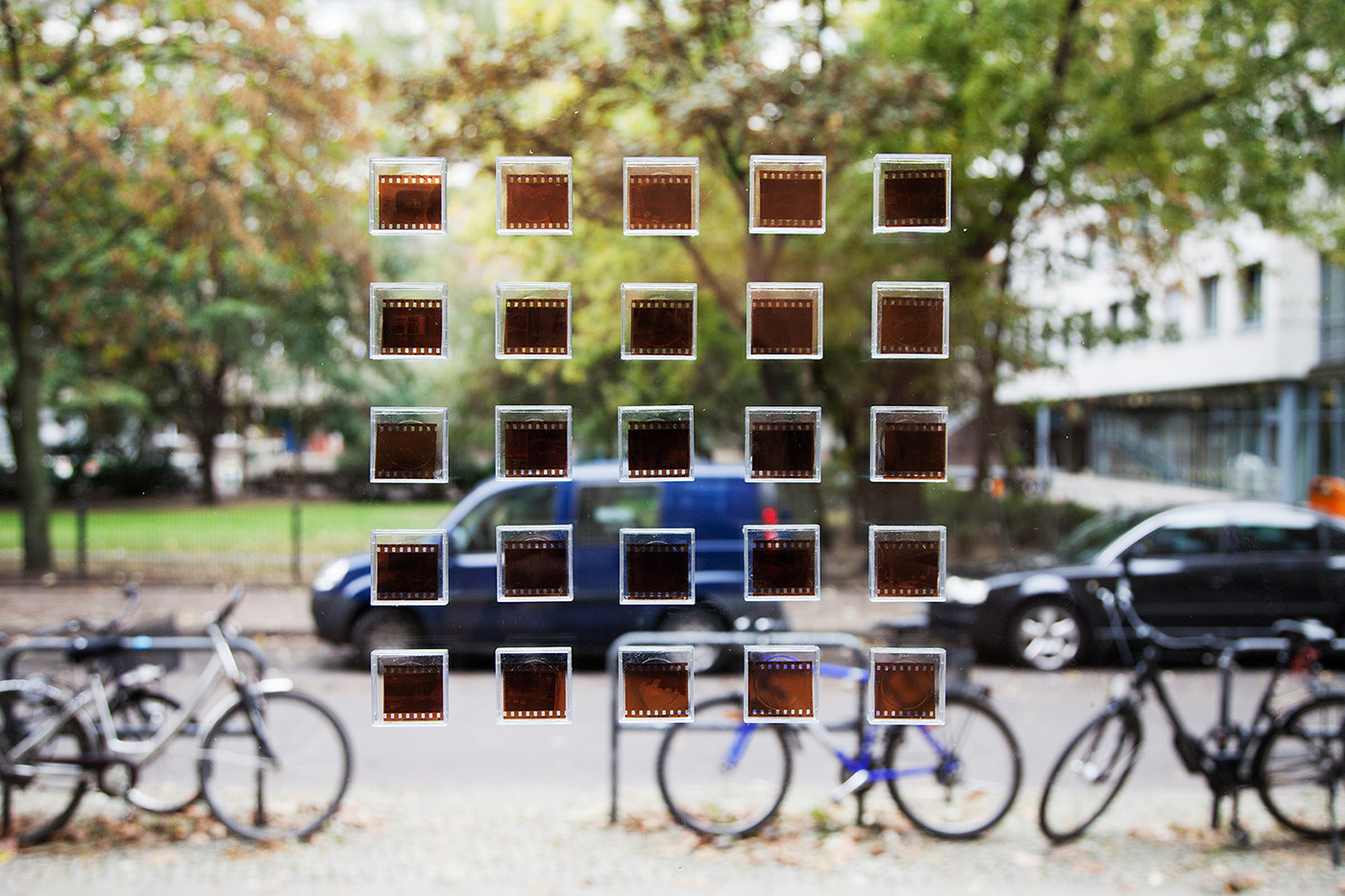
A project curated by María López-Fanjul y Díez del Corral.
Organising Institution: Instituto Cervantes (Berlín).
Collaborating Institutions: Gemäldegalerie Berlin, Staatliche Museen zu Berlin, Museo Nacional de Escultura de Valladolid, Pixel Grain, Europäischer Monat der Fotografie Berlin.
Sponsoring institutions: Junta de Castilla y León.